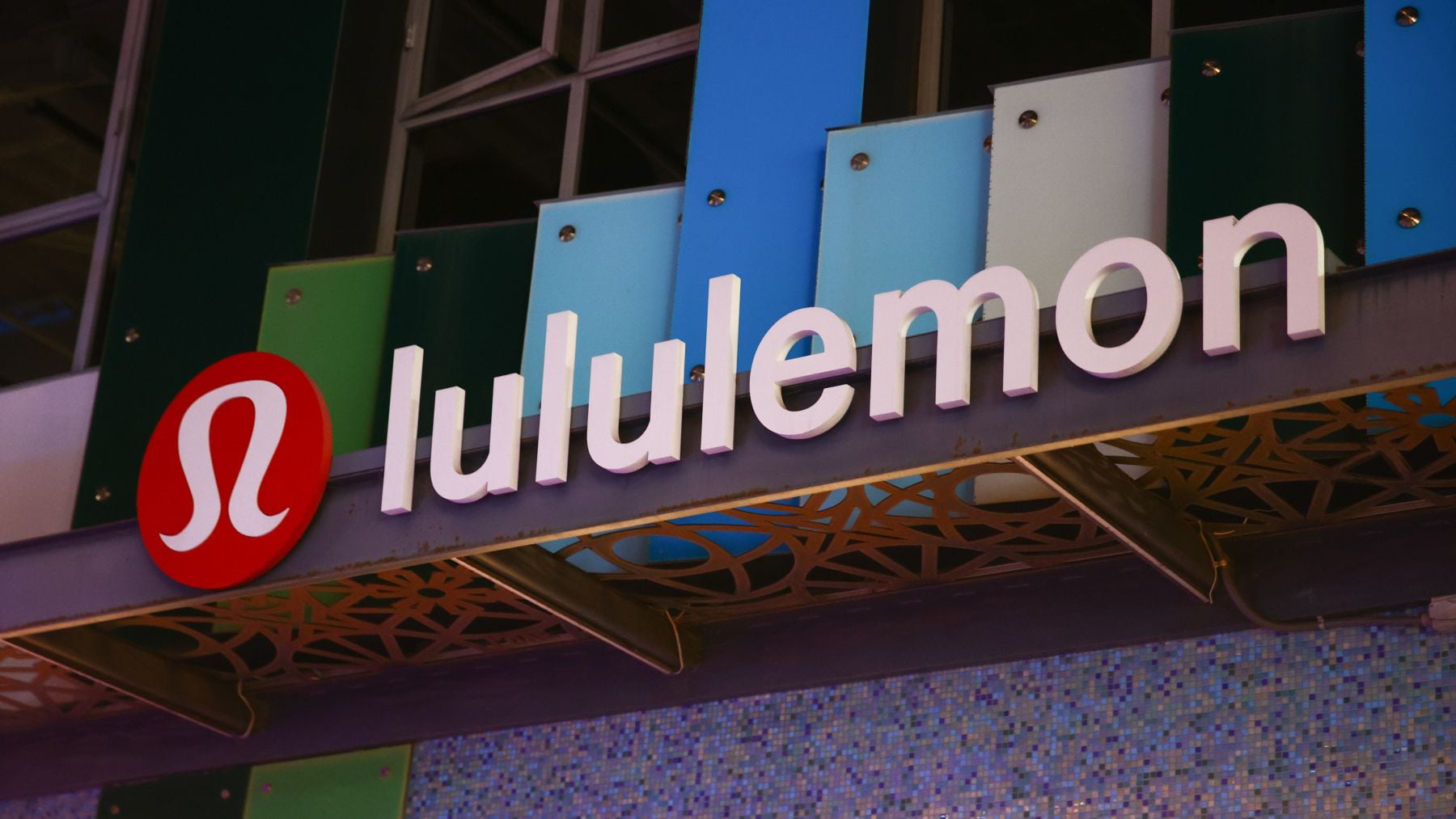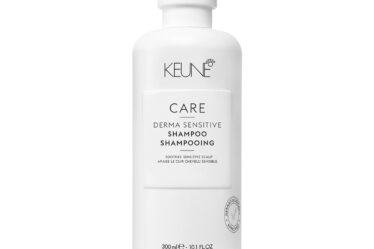
For Lululemon’s biggest doubters, the viral success of its Everywhere Belt Bag is a smokescreen.
The bag has added about $630 million to the activewear maker’s top line over the past two years, according to an estimate by investment bank Jefferies. But in doing so, it has obscured a dramatic slowdown in Lululemon’s core business. With the bag’s effect fading, Jefferies analyst Randal Konik predicts a milestone in the year ahead that Lululemon would rather avoid: “The US business turns negative for the first time ever,” he said.
After years of runaway growth, the Canadian activewear maker has slowed down. Last quarter, sales in the Americas — by far Lululemon’s biggest market — rose just 9 percent over the previous year. For many companies that would be a welcome result. But for Lululemon, which rode the athleisure wave of the past several years to the top of the US women’s activewear market — its premium-priced leggings becoming status symbols for women wearing them to yoga sessions, the grocery store and everything in between — it’s a serious deceleration. Total sales in the quarter were up 16 percent, which actually marked its slowest growth since 2017, excluding the pandemic. Analysts anticipate Lululemon will report sales growth of about 10 percent this quarter.
The company looks to be transitioning from a fast-growing challenger to an incumbent with challengers of its own, a position requiring a new strategy that Lululemon may be struggling to execute. It recently announced a shakeup of its product and brand teams as its long-time chief product officer, Sun Choe, left to become Vans’ new brand president. At the same time, Lululemon is facing additional obstacles like a slowing market and shifts in fashion that could trip it up further.
Konik has an especially dire view of the company’s fortunes; other analysts still consider it a best-in-class retailer. But confidence is waning. In 2024, its stock is down around 40 percent. At one point it was the worst performer in the S&P 500.
It now looks to be at a crossroads. Down one potential path, it could grow at a slower but steady rate, perhaps even slightly outpacing the overall market, said Bernstein analyst Aneesha Sherman. It could conceivably carry on for years or decades, becoming a giant like Nike or Adidas.
But another possibility could be that the Lululemon brand enters a period of extended decline, similar to how Under Armour reached a peak several years ago and has since floundered, wrestling with restructurings and turnover in its leadership as it watches its relevance fade and sales plunge.
“This could be a huge Under Armour moment,” Konik said.
Downward Dog
In Konik’s view, a major problem is that Lululemon is synonymous with its leggings, and it’s battling a shifting tide as baggier bottoms and denim return.
“[Lululemon was] the best for the last 10 years because everything moved towards leggings and athleticwear all day,” he said. “If the trends now for the next 10 years move back towards denim or more towards a relaxed fit … [it] could be more sustained versus a transitory issue.”
Activewear isn’t about to vanish. It’s embedded in consumer wardrobes, and the market keeps growing. But Lululemon is fighting for the dollars available against rising upstarts like Vuori and Alo Yoga who’ve been muscling in on its turf, literally.
When Jefferies analysed the locations of Alo Yoga stores in the US listed on the brand’s website, it found approximately 94 percent were within half a mile of an existing Lululemon store. Several Alo Yoga stores were slated to open in shopping complexes that already had a Lululemon. In an emailed statement, Alo Yoga’s co-founder and co-chief executive, Danny Harris, said the company plans its locations based on comprehensive data and digital insights. “Whether it’s next door, half a mile away, or in the next town over from Lululemon stores, our goal is to be present where our community needs us most,” Harris said in the statement.
Alo Yoga in particular is appealing to young women who might not find what they want in Lululemon’s assortment, at least not in their price range. Sherman said that when Lululemon has run deals in the past, as well as when it introduced the belt bag, which is less expensive than other Lululemon items, it brought in lots of new customers, but they didn’t then go on to buy its premium products at full price. Alo Yoga’s items aren’t exceptionally different, in her view, but there are more products at lower prices in its assortment, which tends to be more lifestyle- and fashion-focused.
“It’s not necessarily about something Alo is doing. It’s what Lululemon is not doing,” Sherman said.
She added: “The more surprising thing is that the men’s business and the smaller growth businesses, like the new categories and so on, have not been offsetting that more.”
Lululemon has for years touted its men’s business as its next big opportunity, but that, too, looks to be slowing. In the 2023 fiscal year, its sales of men’s products rose 15 percent — not bad by any means, but not fast enough to make up for weakness elsewhere and well below its 26 percent growth in 2022. Chief executive Calvin McDonald has cited uncertainty from the economic environment as making men more conservative in their clothing purchases, but it’s another area where competitors like Vuori may be having an effect.
Cat, or Cow?
An area where Alo Yoga is decidedly different from Lululemon is it’s marketing. Where Lululemon tends to emphasise athletic performance, Alo Yoga has leaned into wellness and a certain lifestyle, tapping high-profile influencers such as Kendall and Kylie Jenner, who have a dedicated section on Alo Yoga’s website, and utilising its Alo studios, according to Kendall Becker, director of trend and editorial strategy for analytics platform Trendalytics.
“It’s been such a talking point for influencers and celebrities who go work out there,” Becker said. “It just has that very coveted factor that I think some of its competitors don’t have.”
In its semi-annual survey of US teens, Piper Sandler found Lululemon still had a strong presence among upper-income female teens but was losing share while Alo Yoga and Vuori were growing. Becker is herself a pilates instructor and said women are often wearing full Alo Yoga sets.
“The brand as a whole feels like it’s hit its peak,” she said of Lululemon.
It doesn’t help that the company’s new ventures haven’t moved the needle. While it has branched into footwear, it has said it’s still testing and learning and does not expect sneakers to be a major growth driver in the near future. Its 2020 purchase of home fitness platform Mirror, meanwhile, ended with it discontinuing sales of Mirror devices last year and signing a partnership for digital content with Peloton.
Without some innovation in its core offering or a new jolt in its men’s category, Lululemon looks in danger of stalling. The size and maturity of its women’s business — now the biggest women’s apparel business by market share in North America, Sherman said — makes it hard to keep growing at the same pace, particularly when the overall market is slowing. In the 12 months through April, women’s apparel sales in the US fell 3 percent versus the prior year, according to data from market intelligence firm Circana.
Lululemon still has a number of strengths, including a strong brand and a reputation for high-quality products. But the Millennial-favourite may need to find better ways to reach Gen-Z if it wants to be their favourite, too.



